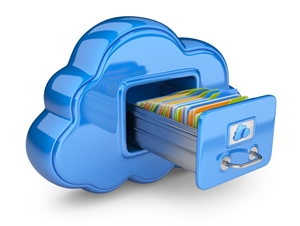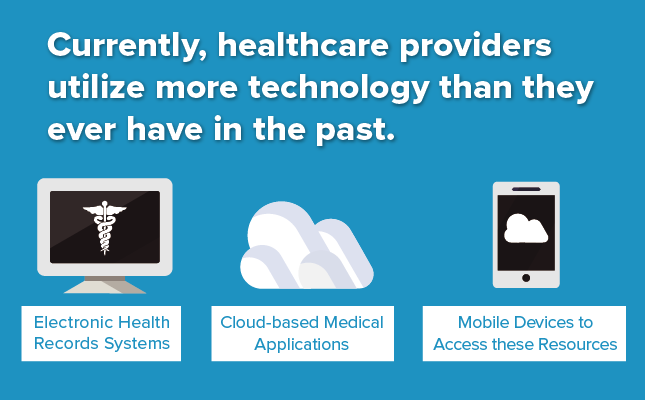
Today’s healthcare providers count on a range of technical resources, including cloud-based applications, electronic health records, the ability to leverage mobile devices and other mission-critical network capabilities. Moreover, this dependence on the network and its available bandwidth will only increase in the near future as more data is migrated to the cloud. For this reason, the healthcare industry needs solutions that can help guarantee a constantly available, reliable network.
Healthcare providers have a specialized set of priorities and demands when it comes to their network bandwidth. Let’s examine these requirements as well as the Ecessa solutions that can provide the resources these organizations need.
The current state of healthcare: Priorities and considerations
Currently, healthcare providers utilize more technology than they ever have in the past. This includes the continued migration to electronic health records systems, cloud-based medical applications and mobile devices to access these resources.
According to a HIMSS Analytics study, the top priorities within today’s healthcare industry include preparing the network for an increasing number of wireless technologies, as well as establishing reliable, never down connectivity resources.
“As the healthcare industry becomes increasingly focused on utilizing technology to improve patient care, health IT leaders are examining their network infrastructures to ensure they have a strong, reliable and scalable foundation,” noted Karen Schmidt, vice president of enterprise marketing for Comcast, which supported the study.
Electronic health records
One of the top considerations for healthcare providers, especially when it comes to establish a network with zero chances of downtime, was the ability to access mission-critical resources housed online. This priority is particularly important when taking into account the industry-wide shift toward electronic health records.
According to MeriTalk’s study, “FutureCare: Cloud, Big Data, Mobile and Social Optimize the EMR,” approximately two-thirds of all healthcare providers leverage cloud-based EHR applications. Mobility was also an important consideration, with 57 percent of study participants noting that mobile has become a critical capability for viewing patient information and making decisions about patient care.
“Moving forward, healthcare organizations must ensure that they can provide secure access to patient data and local networks via a wide variety of devices as the world of apps and mobile technologies continues to evolve,” noted Jennifer Horowitz, HIMSS Analytics senior research director.
Ecessa solutions: Guaranteed cloud access when implementing new initiatives
These priorities and essential factors boil down to two pain points often felt by organizations in nearly any industry: Reliable cloud access and having resources in place to support new initiatives. Currently, healthcare groups are looking to deploy electronic record systems and provide support for a growing number of mobile devices to access this information. Thankfully, Ecessa has solutions to address these particular issues.
Rick Berens, Ecessa’s sales engineering manager, noted that online resources – such as providers’ cloud-based EHR systems – need proper support to guarantee reliable access.
“Once you move those systems to the cloud, which has numerous benefits, your ability to reach the cloud itself becomes critical,” Berens said. “You can no longer be casual about the Internet being down. When your business critical applications are hosted in the cloud and accessed through the Internet, that communication connection becomes essential and you cannot afford for it to be down. That’s why you need a secondary redundant connection and a device to manage the links so that you always have a connection out to the hosted service.”
With an Ecessa WAN virtualization solution in place, the organization can utilize several WAN lines within a mesh network to provide multiple ways to connect to cloud-based records.
When it comes to implementing a new initiative – be it a cloud system or mobile device policy – healthcare providers must ensure that their network has enough bandwidth. In order to address this need, groups can leverage WAN virtualization alongside effective WAN management.
“The increased performance you get with WAN virtualization lets you embrace new initiatives more freely and more confidently because you know you have the room to expand pretty easily,” Berens pointed out. “If, during the launch [of new initiatives], you realize you don’t have enough bandwidth on your dedicated circuits, you now have options to rapidly add more WAN links – often with higher capacity – at a cheaper price.”
Overall, Ecessa’s WAN solutions can help healthcare providers support growing cloud and mobility needs, ensuring that the network is always on and always accessible.
To find out more about Never Down™ Internet, Cloud and wide area network performance, give us a call at 800.669.6242 or contact us with questions.
Share this article!

